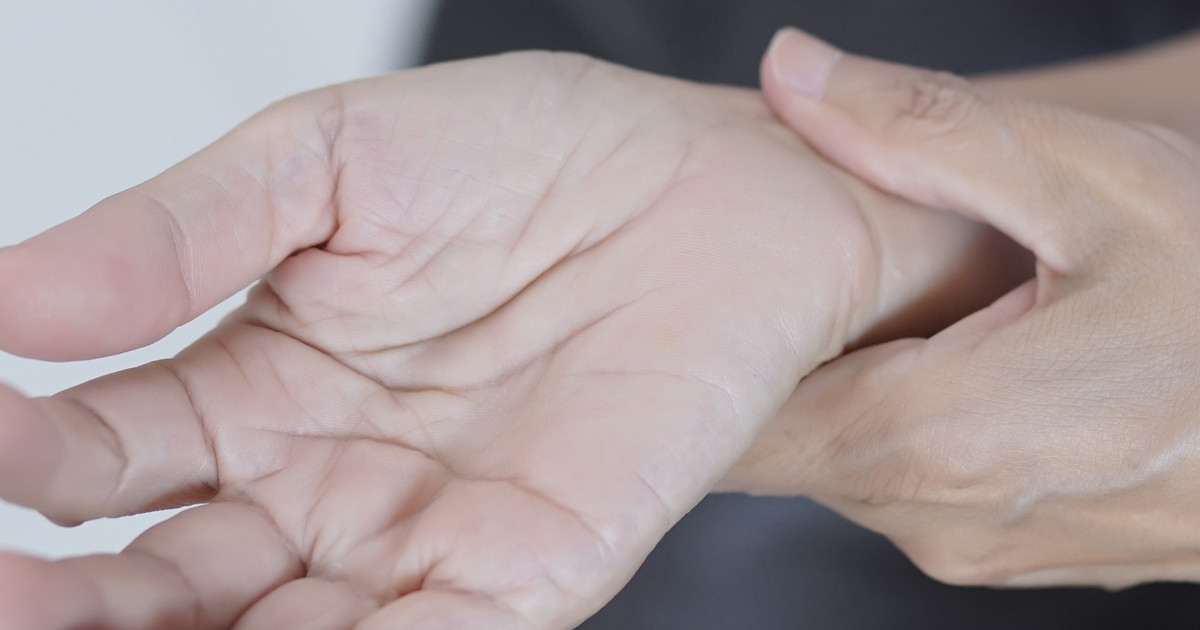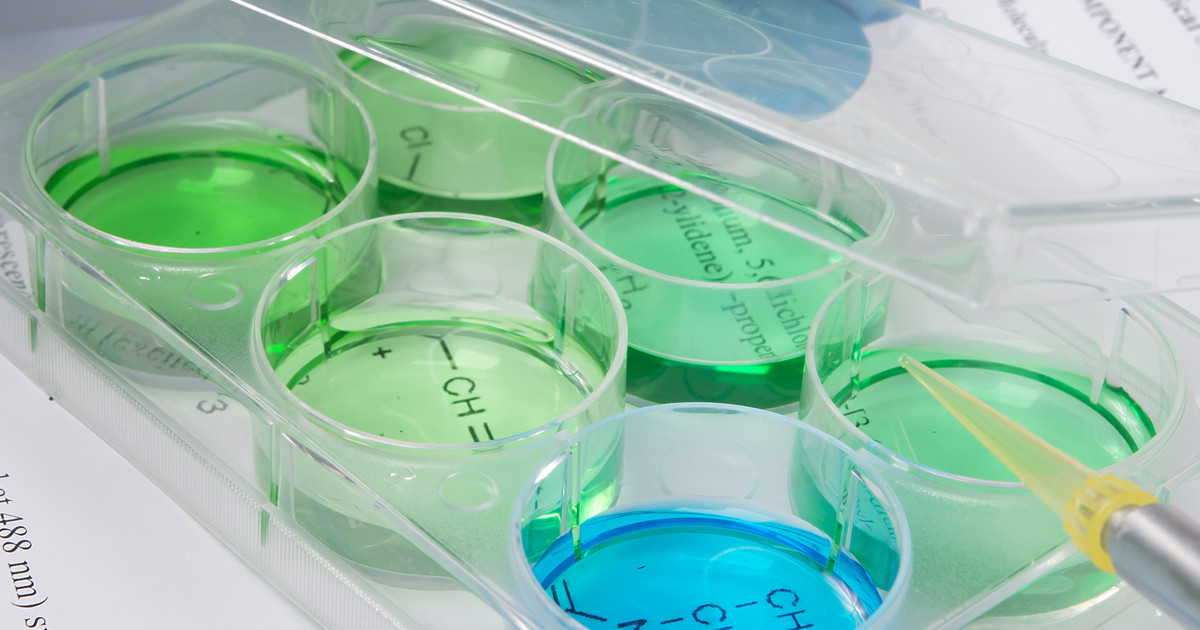What Is Colchicine?
Colchicine, a prescription medication, seems to be extracted from crocus plants. It may reduce how much uric acid crystals build up in an individual's joints. Patients seem to take this medication orally. Doses may vary based on why patients take it. Adults appear to start with 1.2 milligrams when symptoms flare up. A daily dose of 0.6 milligrams may prevent these flares. However, some patients may need two doses of 0.6 milligrams daily. Seniors and those with kidney damage seem to need lower doses.
Colchicine appears to be a standard gout treatment. It should help patients with immediate gout pain relief. Of course, there may also be alternatives to colchicine tablets. Some patients may take gout supplements or other herbal medicine for uric acid. However, patients may want to understand how this medication should work if they want to ensure that it is the best treatment for gout for their needs.
How It Should Work
Colchicine appears to be a common gout medication. It may stop processes that can trigger inflammation. This medicine seems to change how the body responds to uric acid. It should also bind to tubulins, which are proteins. When colchicine binds in this way, it appears to stop microtubule assembly. Microtubules should help cells keep their shape, and they may be involved in regulating cell division. They also appear to help with the secretion of cytokines and chemokines. Experts seem to believe that this medication is effective because it can block tubulins. This medicine may also stop neutrophils from moving in specific ways, which may impact uric acid crystals in gout.
Continue reading to reveal the potential uses for this medication next.
Potential Uses
Patients seem to take colchicine to treat gout flares. Some brands of this medication may also be able to prevent future gout attacks. Some individuals may take it for familial Mediterranean fever if they are at least four years old. Colchicine may prevent chest, joint, and abdominal pain in this condition. Behcet's syndrome patients may take this medication as well to handle symptoms such as redness, pain, and swelling.
This medication also seems to have some 'off-label' uses. Examples may include Paget's disease, pseudogout, coronary artery disease, pericarditis, and primary biliary cirrhosis. Some patients may take it to prevent post-pericardial syndrome as well.
Discover this medication's possible side effects next.

